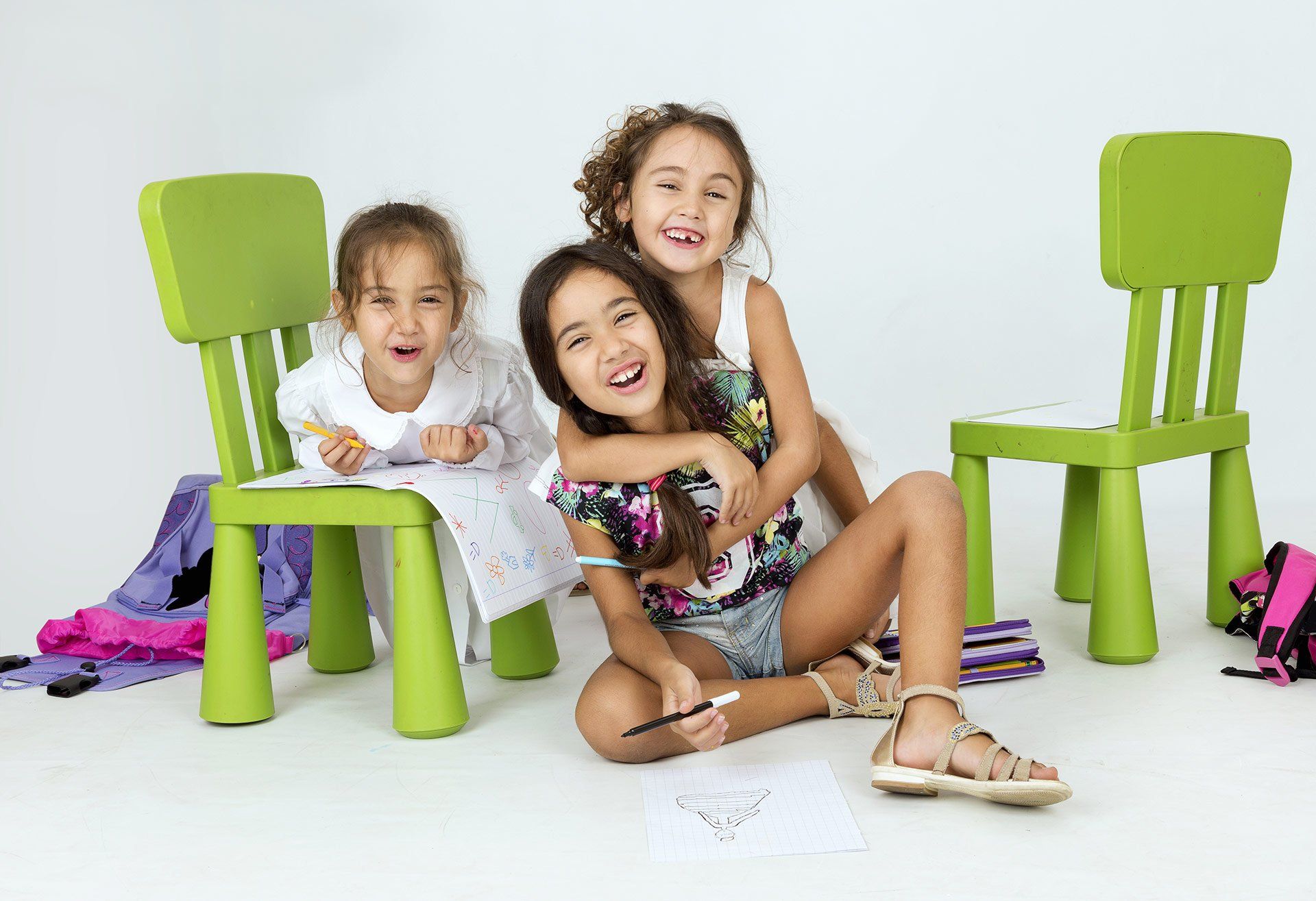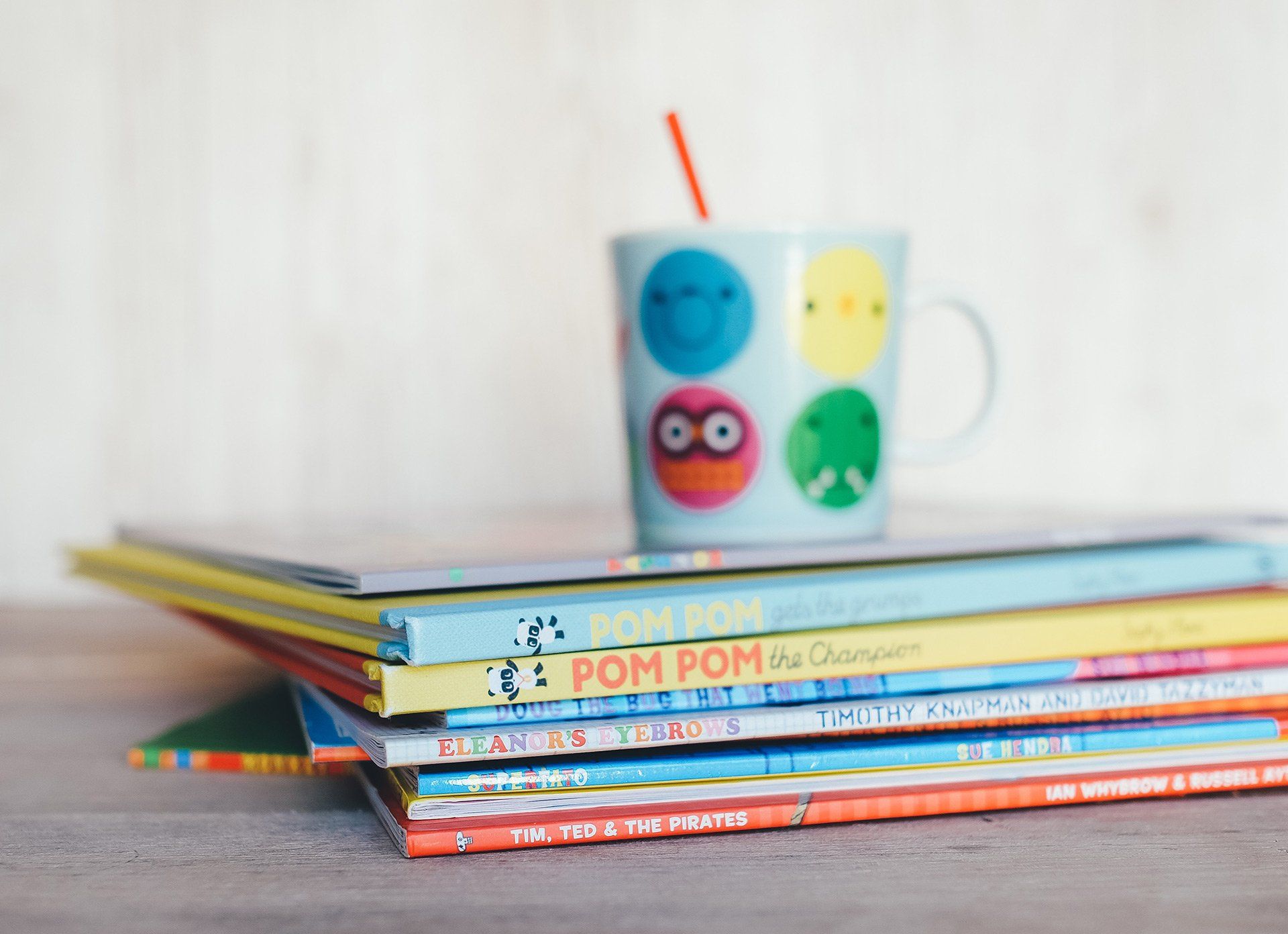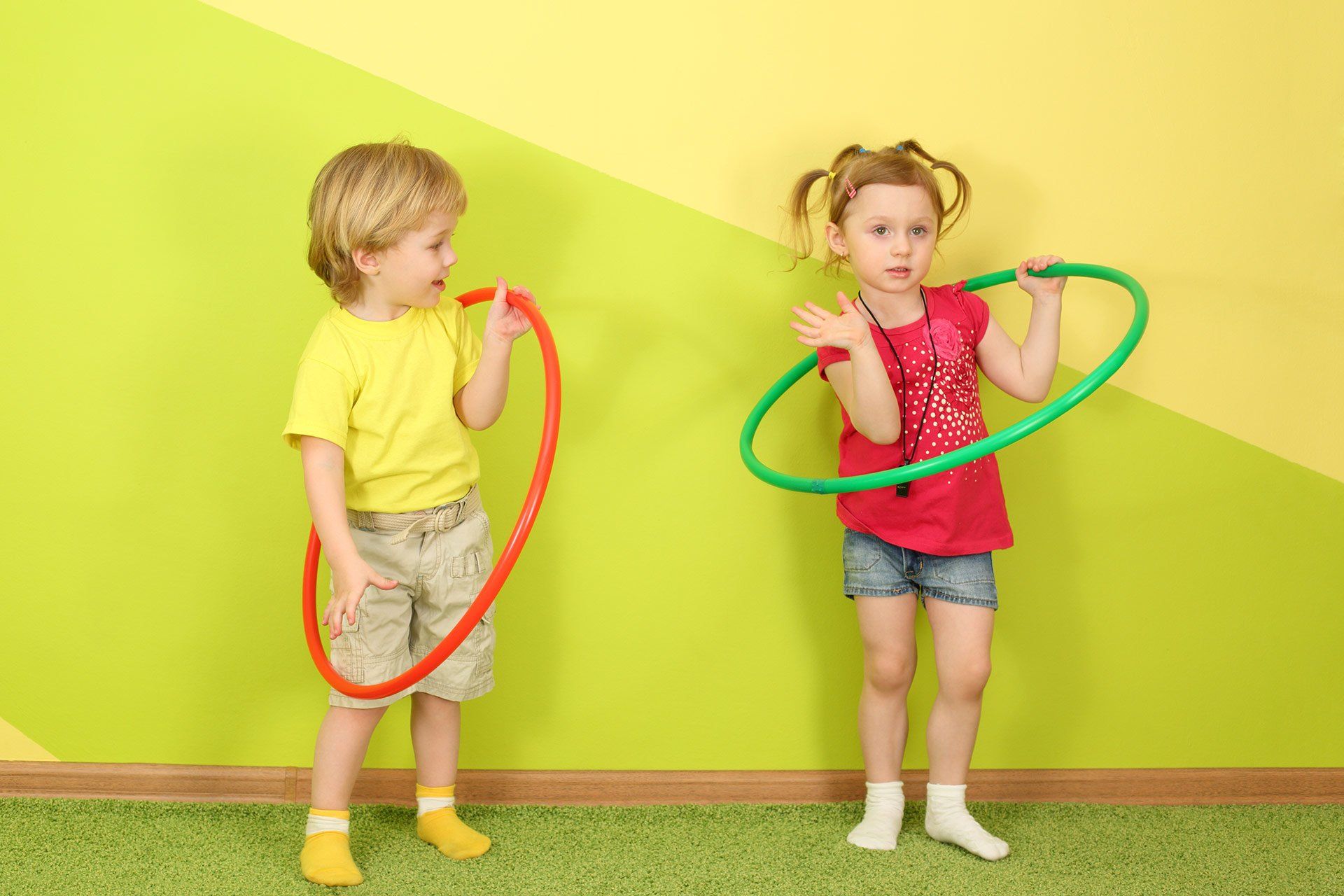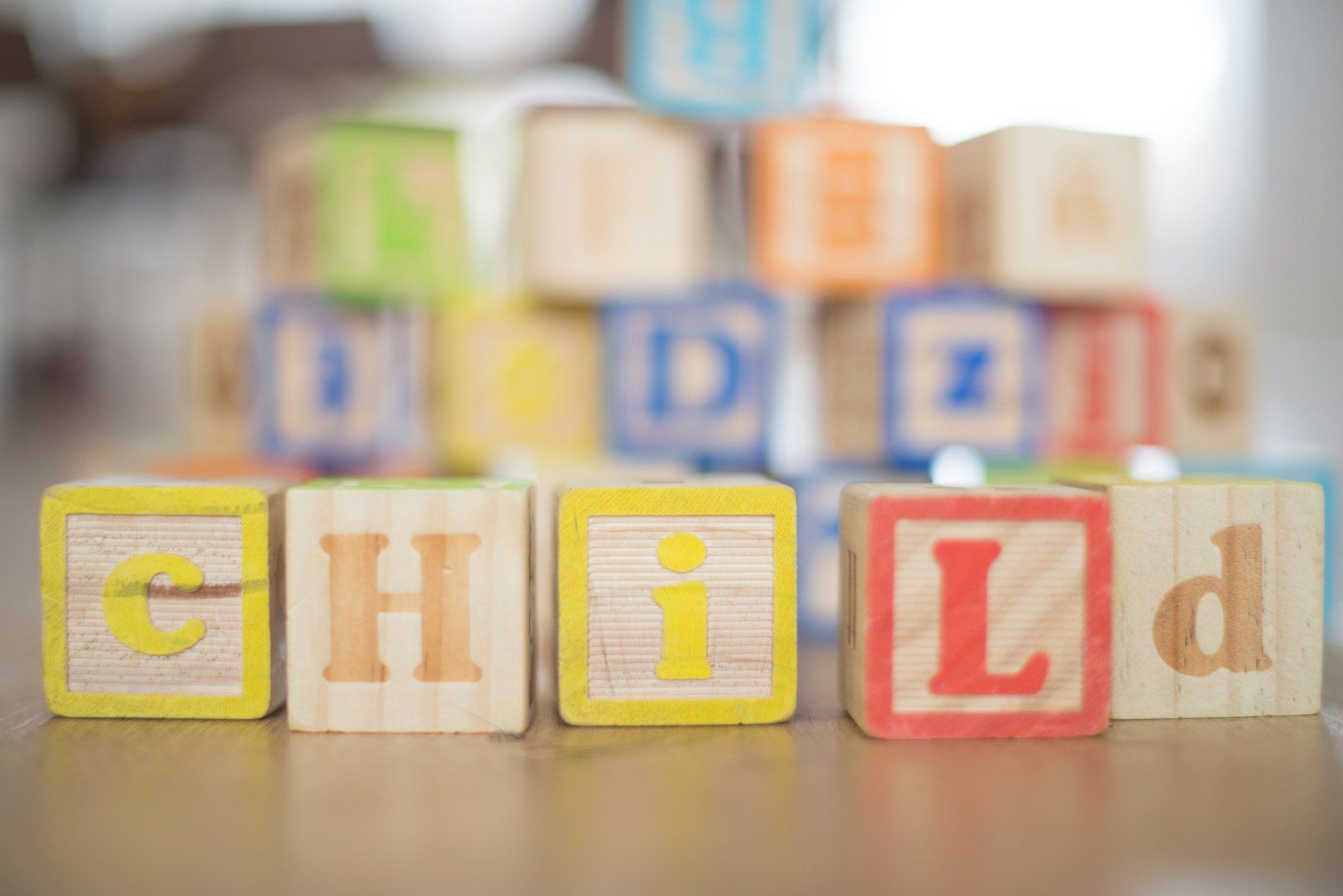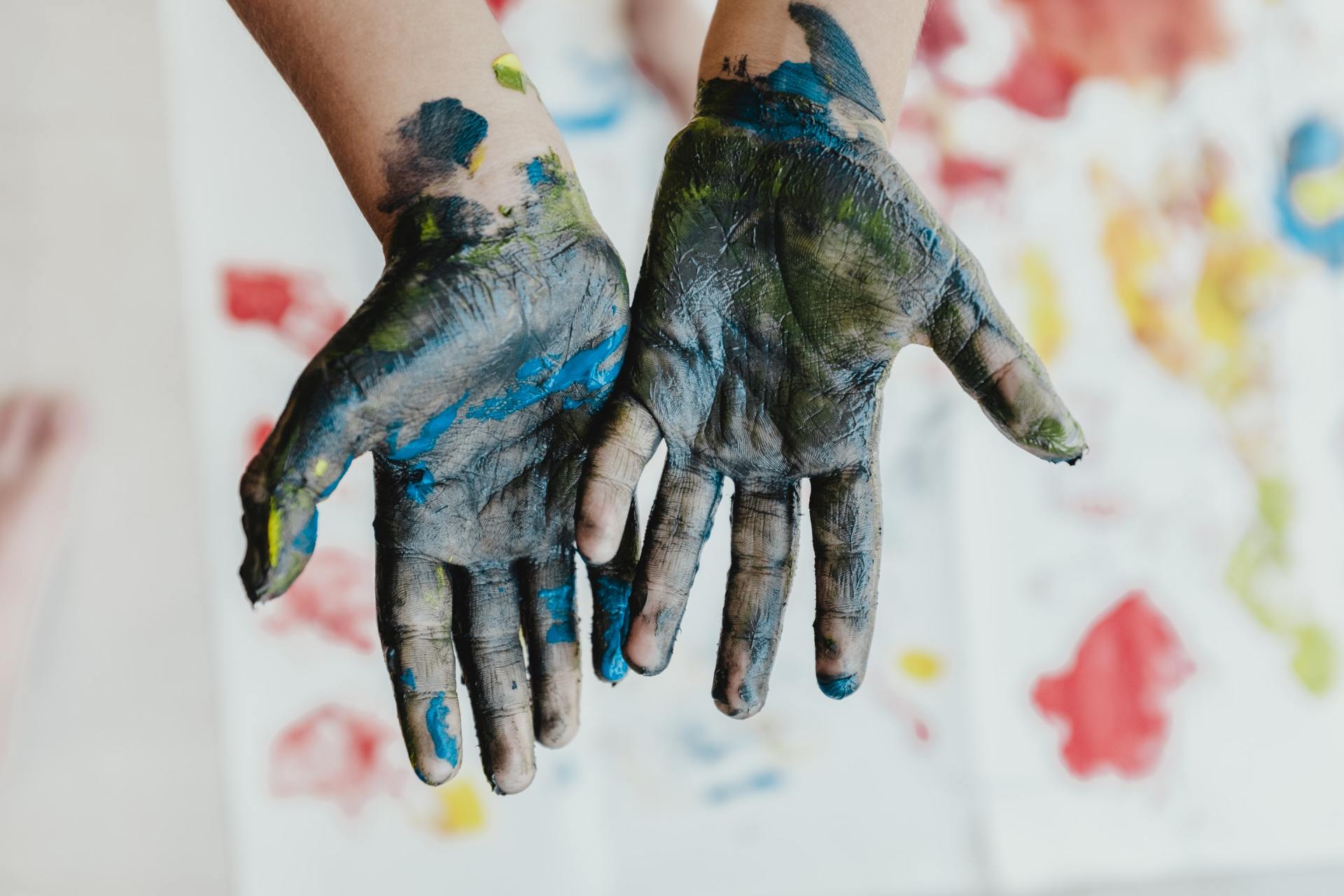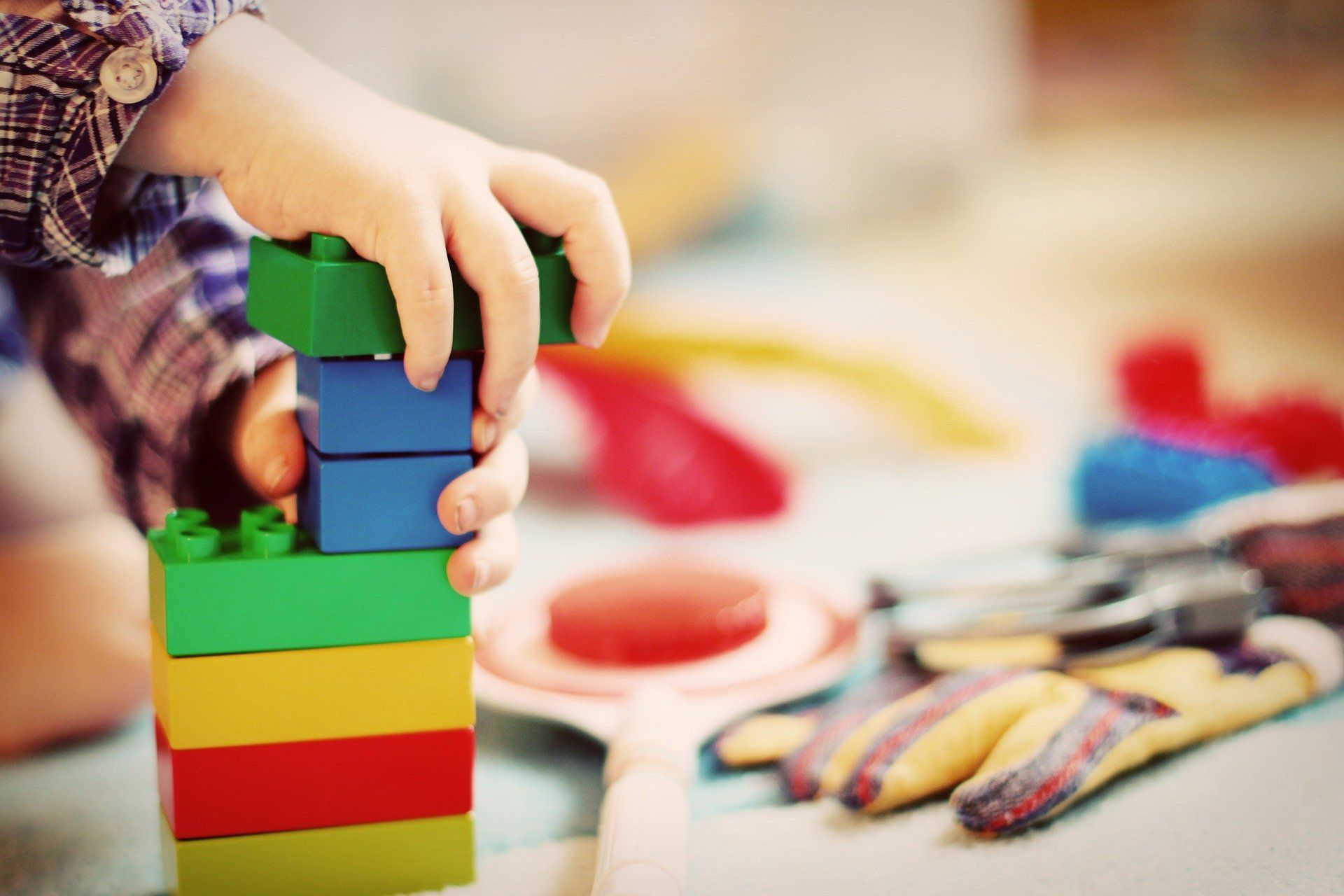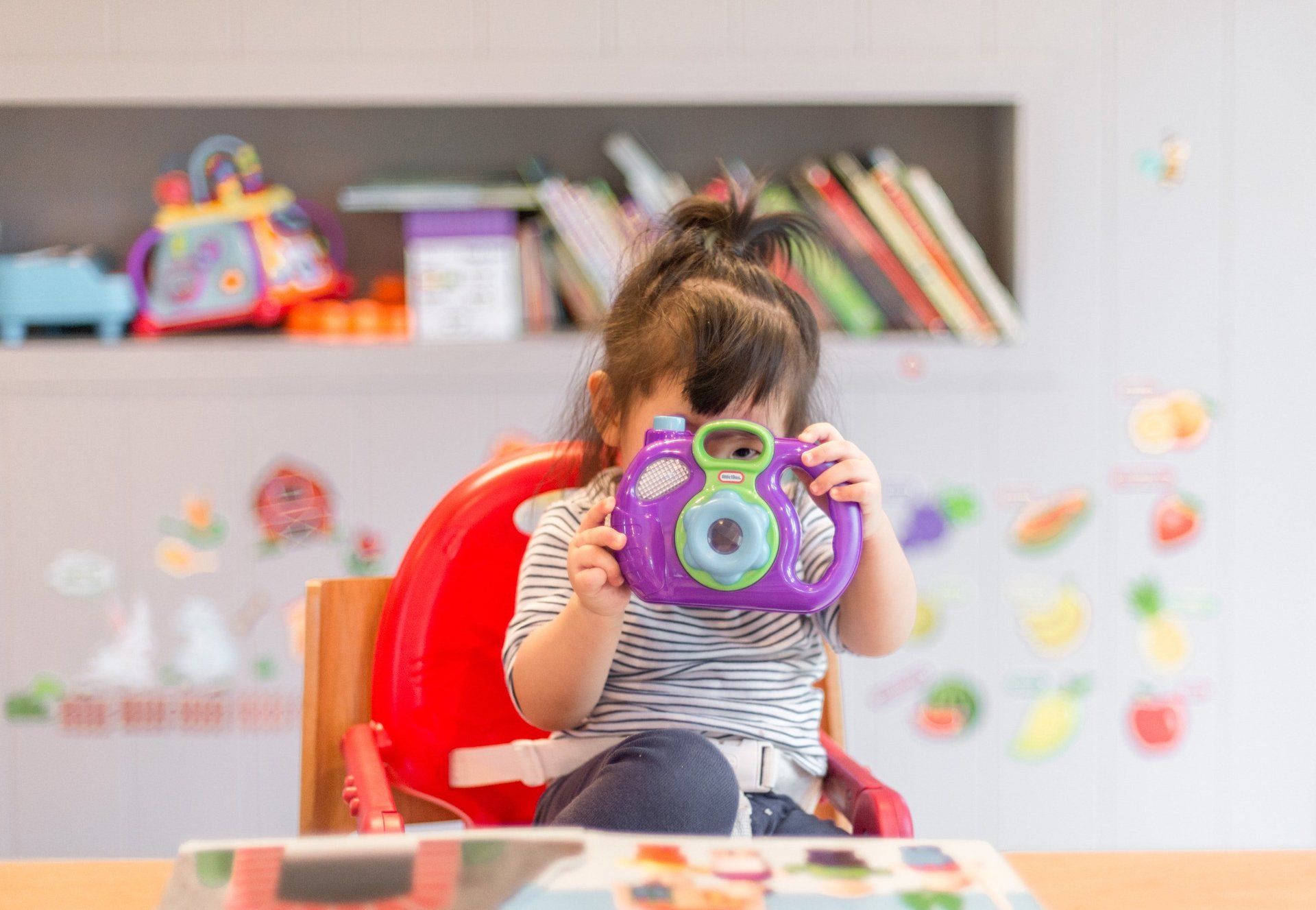PERSONAL, SOCIAL & EMOTIONAL DEVELOPMENT
Helping children to develop a positive sense of themselves, and others; to form positive relationships and develop respect for others; to develop social skills and learn how to manage their feelings; to understand appropriate behaviour in groups; and to have confidence in their own abilities
- Self confidence & Self awareness
- Managing feelings & behaviour
- Making relationships
Activity Ideas Include:
- Activities to encourage children to make their own choices
- Sharing games and turn taking
- Listening to others and respecting their views
- Learn to respect all other people regardless of their age, gender, culture or beliefs
- Sharing news
- Sitting still and learning to concentrate
- Responding to their experiences and learning to share their feelings
- Encouraging independence in dressing and undressing
- Encouraging independence in toileting and teaching good hygiene routines
- Making friends (at the variety of groups we visit each morning)
- Understanding right from wrong
- Learning to share and respect the property of others

